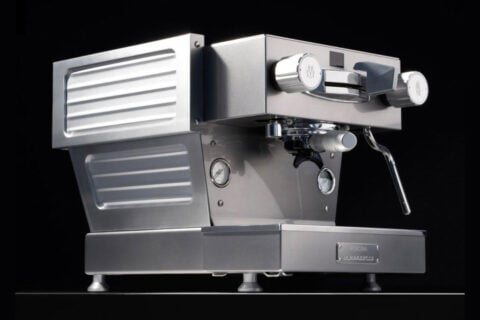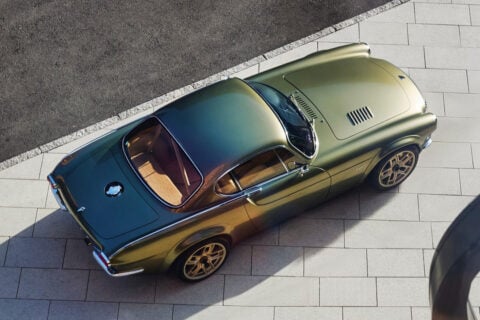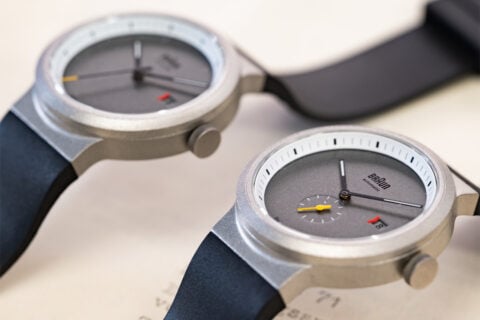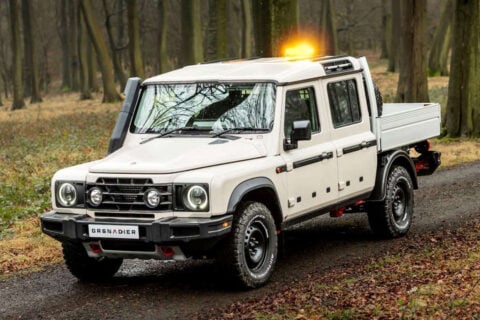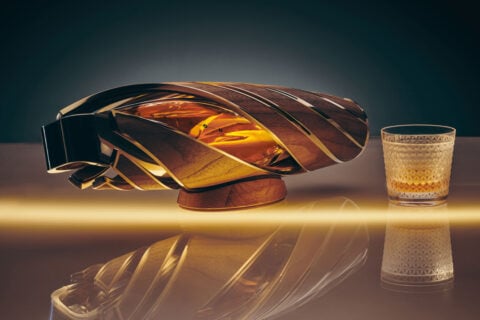Some things in life are just done better earlier, when you still have good physical strength, and climbing Mount Fuji in Japan is one of them. After keeping this thought in mind for several years, I finally reached the top of this UNESCO World Heritage Site at 3,776 metres this summer.
Making sure all my hiking gear was well prepared before departure was as essential as planning the overall trip and the route. The climb would last for over 24 hours including the breaks in between, under various weather conditions with a minimum 20-degree Celsius temperature change and facing strong winds and fog. For such reasons I had packed three jackets with different thicknesses and functions. With 2 days of walking on different rough terrain, picking the right pair of shoes was equally important. I went for the
Ultra GTX Surround as I had worn it a few times for local hikes previously. It is extremely lightweight with the use of breathable and waterproof material Gore-Tex Surround. The midsole offers responsive cushioning and the Ultra Protect Cradle allows proper heel positioning, resulting in a comfortable walk even after many hours. Vibram Megagrip outsole delivers superior grip, traction and durability in all conditions including both wet or dry situations. As for backpack I brought the Homestead Roadtripper with me. The 30-litre capacity was sufficient for all of my belongings for this over night climb. I also preferred its streamlined shaped and marble print, which definitely looked better than many traditional backpacks. The metal hooks doubling as bottle openers might not be necessary this time but still a nice touch.
We drove to the fifth staton of Mount Fuji to begin our journey. It was around noon when we first started and with the temperature at over 20 degrees Celsius wearing a short-sleeved T-shirt felt just right. We passed the sixth station within an hour. When we were on our way to the seventh station, I felt I should put on the first jacket to resist the gradually increasing strong breeze and fog. The Fastpack Rain Jacket in white was incredibly lightweight and the whole jacket could be folded into the left pocket for easy storage. The DryVent technology made the jacket waterproof and offered wind protection. The weather dropped quite dramatically when we were reaching the eighth station and I relied on my Thermoball Hoodie in grey. With the ThermoBall insulation making use of synthetic material instead of down, the production was more cost-efficient and humane. The light-and-warm properties were impressive when we arrived at the eighth station to nearly zero degree temperatures at sunset.
We stayed at one of the cottages around the 8th station for some much needed fuel and sleep. We continued our journey after midnight and finally reached the summit in two hours. We sat down to wait for the sunrise then I realised the wind was extremely strong and the volcanic ash was actually hitting my face. I looked for protection, finding the black Fuseform Montro Jacket made of strong nylon, with the same DryVent waterproof technology. I put it on top of the Thermoball Hoodie, zipped it up all the way to cover the tip of my nose and pulled up the hoodie, successfully keeping myself away from the volcanic ash attack. As I waited, the spectacular views that materialised made every second here well worth the hardship.

